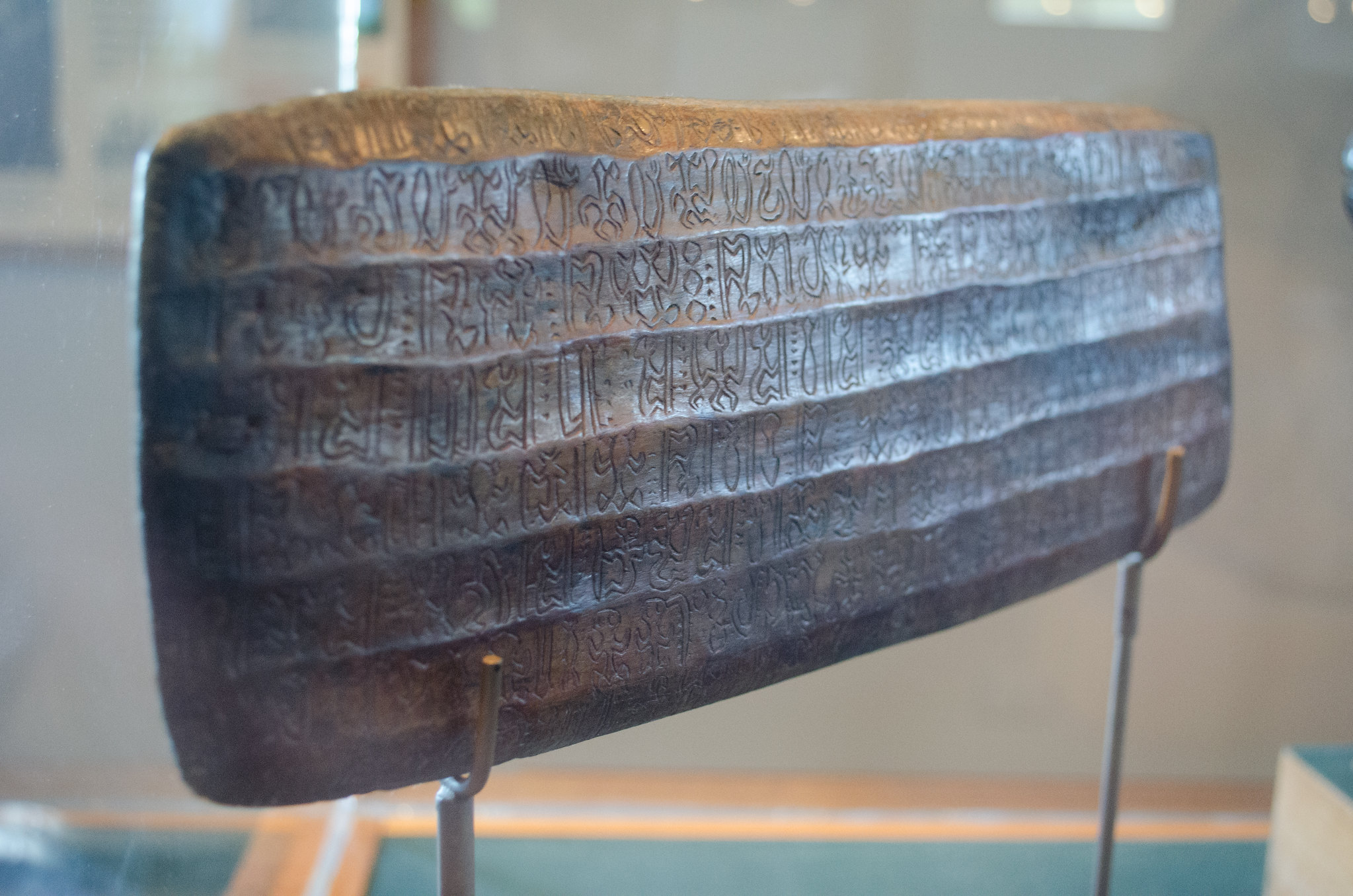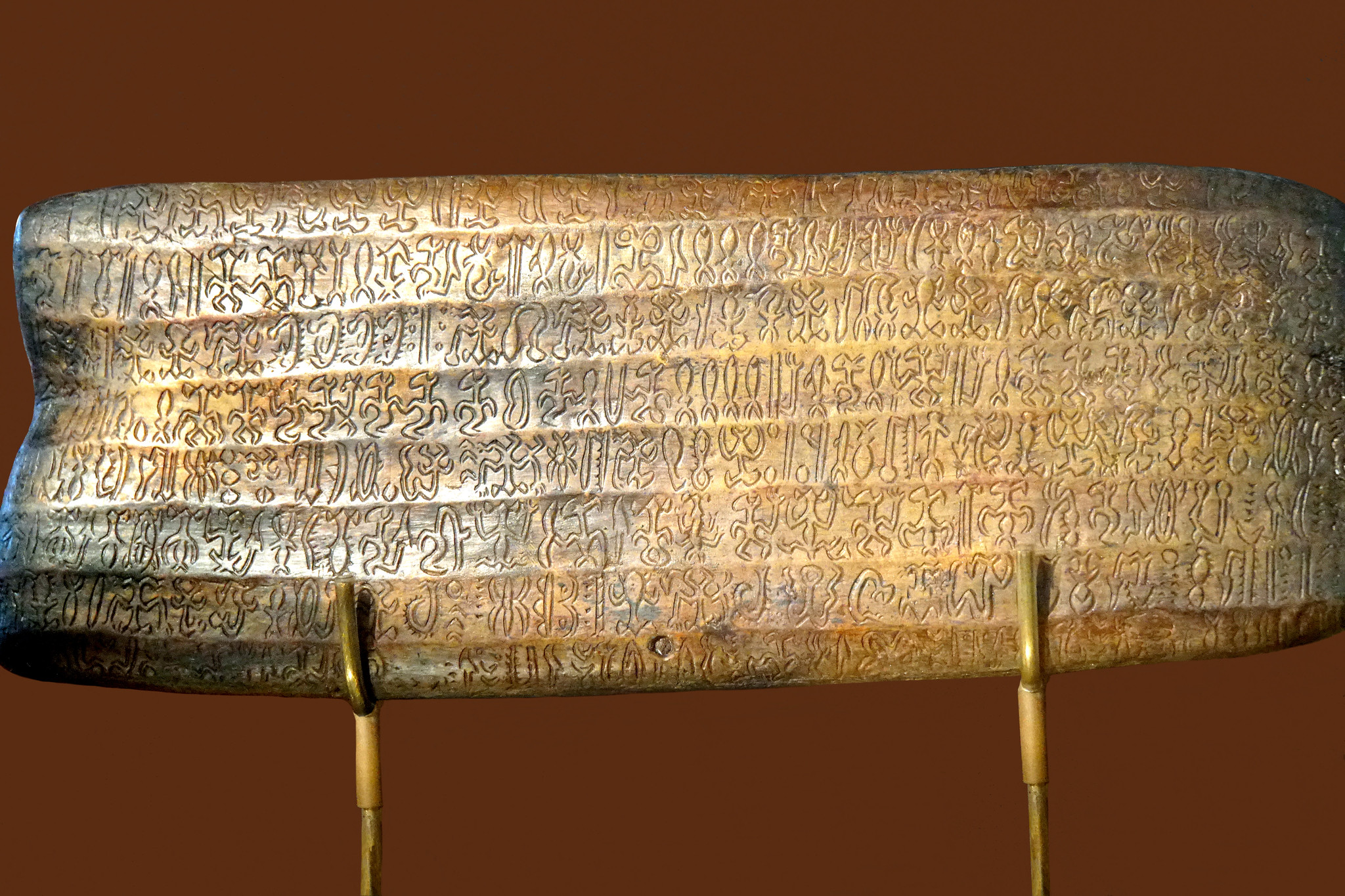The distant volcanic island of Rapa Nui, also known as Easter Island, is filled with unanswered questions – but few are more mysterious than its unique writing system that’s never been deciphered.
Located around 3,600 kilometers (2,237 miles) off the coast of Chile in eastern Polynesia, Rapa Nui is one of the world’s most remote inhabited islands. It’s best known for its hundreds of giant head-shaped monuments, called moai, carved by the Rapa Nui people in roughly 1100 and 1650 CE.
Europeans arrived on the island in the 18th century, bringing a host of problems including disease, murder, and slave traders. The situation worsened through the 19th century and a fatal blow was dealt around the 1860s when around 1,500 islanders were abducted to work as slaves in Peru, decimating the population.
By the end of the century, most of its traditional culture was irretrievably lost, including an organized system of glyph symbols called Rongorongo that was intricately carved on wooden tablets.
Around 1864, in the midst of this carnage, outsiders had noticed evidence of the writing system and missionaries began sending it aboard. Today, just 27 wooden objects inscribed with Rongorongo exist (none of which remain on the island of Rapa Nui).

A replica of a Rongorongo Tablet at the Father Sebastian Englert Anthropological Museum in the town of Hanga Roa on Rapa Nui
Many were sent to Europe, where scholars attempted to crack the Easter Island code – but all of these attempts have fallen flat.
One of the most respected attempts came in the 1950s by Thomas Barthel, an ethnologist from the University of Tübingen in Germany, who identified 599 sign shapes, although many contemporary scholars believe this “cannot be considered definitive.”
Nevertheless, it is clear that Rongorongo has no apparent relation to any other known system of writing and may have developed in complete isolation from other cultures. Although unique, it does chime into certain characteristics that are employed in many other human writing systems – so, no, it wasn’t aliens that brought Rongorongo to Rapa Nui.
“The shapes of the signs do not resemble any known script, and thus they appear to have been invented from zero,” reads a 2022 study by a team of Italian linguists.
“Whatever the status of its creation, Rongorongo shares a characteristic common to all image-based invented scripts, namely that its signs are highly iconic: their shapes depict real or fictional things, including human figurations and body parts, animals, plants, tools and other human-made objects, heavenly bodies, etc,” it states.
In other words, it’s believed many of the glyphs are direct representations of objects, including people, turtles, fish, and trees. This is why many researchers prefer to call Rongorongo an example of “proto-writing,” in contrast to “true writing systems,” although the distinction between these categories isn’t black-and-white.

Rongorongo inscriptions on a copy of the tablet called Mu’a Au Mingo Ata’i Hoa Au.
Rongorongo remains undeciphered by the modern world, but there are ongoing attempts to better understand it. In February 2024, researchers published a study that applied new radiocarbon dating to four wooden tablets engraved with the glyphs.
One of the tablets was made from a tree that was felled between 1493 and 1509, predating the arrival of foreigners on the island by at least 200 years and further affirming the view that the Rongorongo script may have been developed in isolation.
Strangely, the old tablet was found to have been made from a tree species that does not grow on Easter Island, Podocarpus latifolia, which is native to southeastern Africa. How, then, did the wood end up over half the world away in the southeastern Pacific?
Podocarpus is a highly prized wood that has been widely used for shipbuilding in Europe since Medieval times. As such, the researchers argue that the Rongorongo tablet may have originated as the mast of a European ship. Perhaps the ship sunk, creating driftwood that washed ashore on Rapa Nui after decades or centuries of traveling across the world’s oceans.
Like a grim foretelling of the island’s future, Europeans would later arrive in person and retrieve the wooden relic, dooming the Rongorongo script into obscurity.
Source Link: Rongorongo: The Mysterious Writing Of Easter Island Is Still Undeciphered